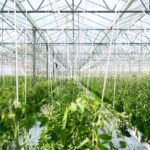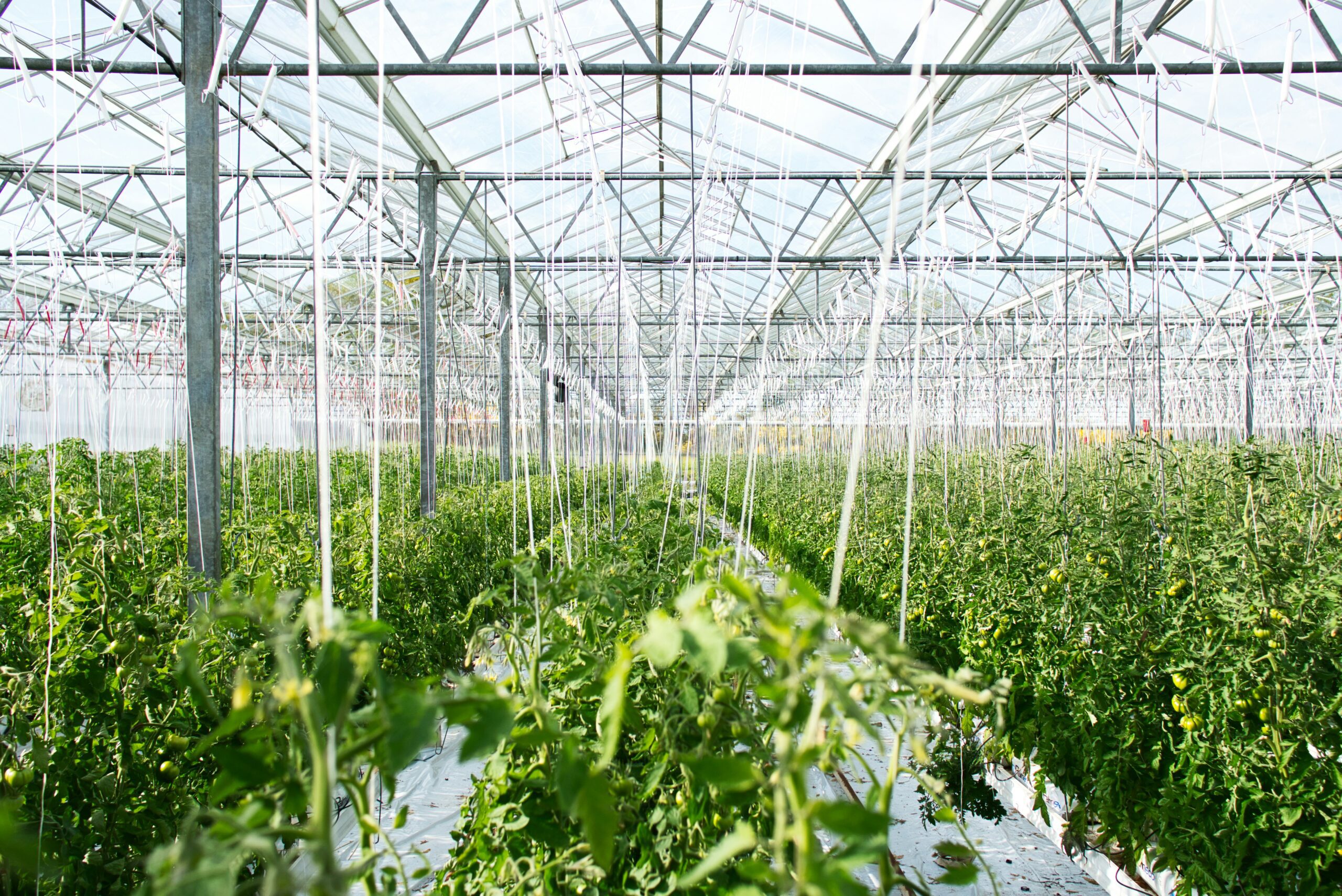Introduction
In horticulture and agriculture, greenhouses have lengthy been modern due to the fact they offer a regulated environment wherein flowers may additionally thrive despite the outside climate. By creating ideal developing situations, those systems shield vegetation from pests, allow for yr-round cultivation, and boom output. Greenhouses are getting a crucial thing of business farming and environmentally friendly gardening as the world shifts to greater sustainable techniques.
Greenhouses: Nurturing Nature Year-Round
A greenhouse is a structure primarily made of transparent materials such as glass or plastic, designed to create an ideal environment for growing plants. It allows gardeners and commercial growers to extend the growing season, protect plants from harsh weather, and cultivate crops that might not typically thrive in their natural climate.
How Greenhouses Work
Greenhouses function on a simple yet effective principle: the greenhouse effect. Sunlight enters through the transparent walls and roof, warming the air and soil inside. This heat gets trapped, creating a warmer and more stable environment than the outside. This controlled climate helps plants grow faster and healthier by protecting them from temperature fluctuations, wind, and pests.
Types of Greenhouses
There are several types of greenhouses to suit different needs and spaces:
- Cold Frames: Small and unheated, ideal for starting seeds early in spring or extending the season in fall.
- Lean-to Greenhouses: Attached to an existing building, these are space-saving and convenient.
- Freestanding Greenhouses: Standalone structures that offer more space and flexibility.
- Commercial Greenhouses: Large-scale operations often equipped with automated systems for irrigation, temperature control, and ventilation.
Benefits of Using a Greenhouse
- Extended Growing Season: Grow plants earlier in the spring and later into the fall or even year-round.
- Controlled Environment: Regulate temperature, humidity, light, and water for optimal plant health.
- Pest and Disease Control: Reduced exposure to harmful insects and diseases.
- Variety of Plants: Grow exotic or out-of-season plants that wouldn’t survive in the open garden.
Greenhouses and Sustainability
Greenhouses also support sustainable agriculture. By using techniques such as rainwater harvesting, solar energy, and hydroponics, greenhouse can reduce water waste and reliance on chemical fertilizers. Urban greenhouse ware, including rooftop models, contribute to local food production and lower transportation emissions.
Considerations Before Building a Greenhouse
Before constructing a greenhouse, consider:
- Location: Choose a sunny spot with good drainage.
- Materials: Glass offers durability; plastic is cheaper and easier to install.
- Ventilation: Essential for preventing overheating and promoting air circulation.
- Budget and Maintenance: Initial costs can be high, but long-term benefits often outweigh them.











